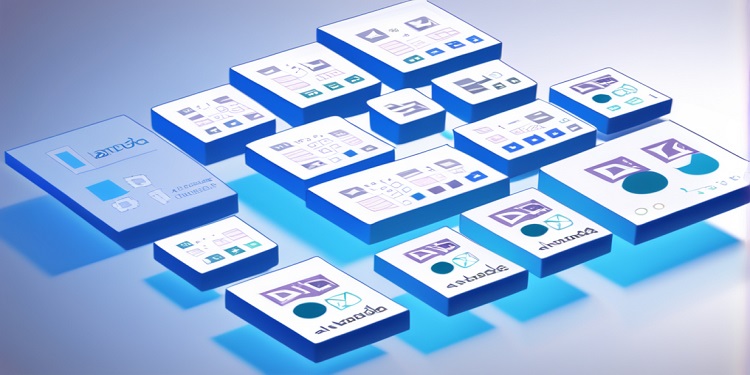Siemens has taken another significant step in advancing digital finance by issuing its second digital bond using blockchain technology. This move aligns with the European Central Bank and Deutsche Bundesbank’s ongoing efforts to explore the potential of distributed ledger technology (DLT) in financial markets. The €300 million bond issuance marks a notable development in the adoption of blockchain for secure and efficient bond transactions.
In this issuance, Siemens collaborated with several key financial institutions, ensuring a smooth and secure process. DekaBank, acting as the registrar, played a critical role in overseeing the transaction. Additionally, several prominent investors, including BayernLB, DekaBank, DZ BANK, Helaba, and LBBW, participated in the bond offering. Deutsche Bank, an important partner in this transaction, facilitated the settlement process by utilizing central bank money through the Bundesbank’s Trigger Solution, a mechanism that enables secure and efficient settlement in real-time.
Building on Previous Success: Improved Transaction Speed
This latest bond issuance builds upon Siemens’ previous foray into digital bonds, which occurred last year when the company issued its first-ever digital bond worth €60 million. In that instance, the settlement process took two days to complete. However, with the latest €300 million bond, Siemens managed to significantly enhance transaction speed by leveraging advanced blockchain technology. The entire securities transaction was completed using Swiat’s private permissioned blockchain, a secure platform that allows for fast and reliable processing. Combined with the Bundesbank’s Trigger Solution, Siemens was able to settle the bond in an entirely automated manner, drastically reducing settlement times from days to mere minutes.
This near-real-time processing is a breakthrough in the financial industry, demonstrating how blockchain technology can revolutionize the way securities are traded and settled. By eliminating the need for intermediaries and reducing the risks associated with traditional settlement processes, Siemens and its partners have paved the way for a more efficient and secure bond issuance system.
The Role of Blockchain and Automation in Capital Markets
One of the most significant outcomes of this digital bond issuance is the use of blockchain technology to automate the settlement process. Traditionally, bond transactions involve multiple intermediaries, each of which adds layers of complexity and time to the settlement process. By using a private permissioned blockchain, Siemens and its partners were able to eliminate many of these inefficiencies, ensuring that the transaction could be completed in minutes, rather than days.
The Bundesbank’s Trigger Solution also played a crucial role in this automation. This innovative system enables the use of central bank money for settling transactions in real-time, ensuring that all parties involved can complete the process without the typical settlement risks. By combining blockchain technology with central bank money, Siemens has demonstrated a future-ready solution for bond issuances that could have far-reaching implications for capital markets.
Peter Rathgeb, Siemens’ treasurer, expressed the company’s commitment to digital transformation, emphasizing the potential of blockchain technology in streamlining financial processes. He highlighted the benefits of automated, near-instant settlement, which underscores Siemens’ strategy to remain at the forefront of digital innovation in capital markets. He also noted that Siemens takes pride in actively contributing to the ongoing digitalization of the financial industry and shaping its future trajectory.
Future Implications for Digital Finance
This successful issuance of a €300 million digital bond is more than just a singular achievement for Siemens; it serves as a potential model for future transactions within the financial industry. By integrating blockchain technology and utilizing central bank money through the Bundesbank’s system, Siemens has showcased the possibilities for automating and securing bond settlements in a manner that was previously unattainable through traditional methods.
As digital ledger technology continues to evolve, more institutions are likely to adopt similar strategies to streamline their financial operations. The near-real-time settlement process introduced by Siemens could become the new standard for bond transactions, reducing risks, enhancing efficiency, and ultimately lowering costs for all parties involved. Siemens’ role as an early adopter of this technology positions the company as a leader in the digital transformation of capital markets.
In conclusion, Siemens’ second digital bond issuance on blockchain rails represents a significant advancement in the ongoing digitalization of the financial sector. By improving transaction speed and reducing settlement risks, Siemens has not only demonstrated the effectiveness of blockchain technology but also set a precedent for future innovations in digital finance. As the financial industry continues to explore the potential of distributed ledger technology, Siemens is well-positioned to play a central role in shaping its future.









